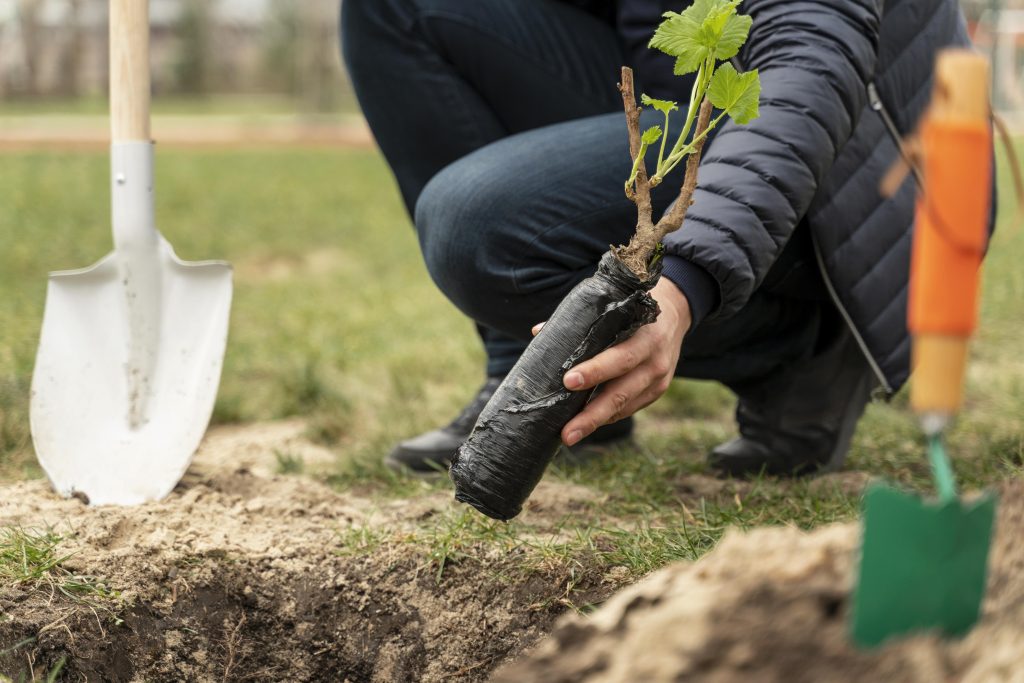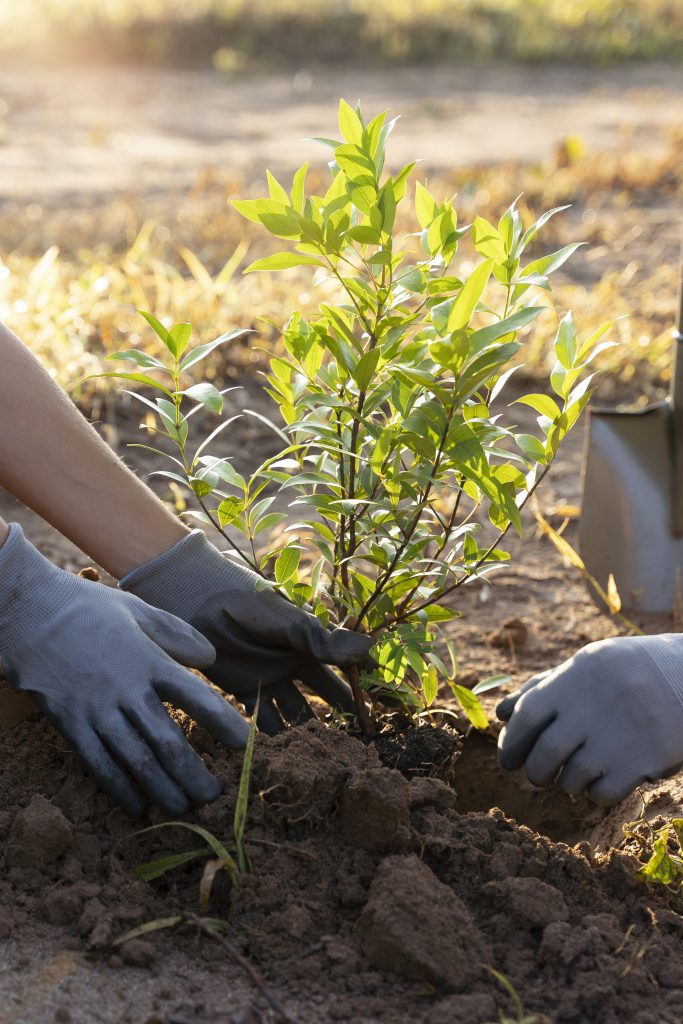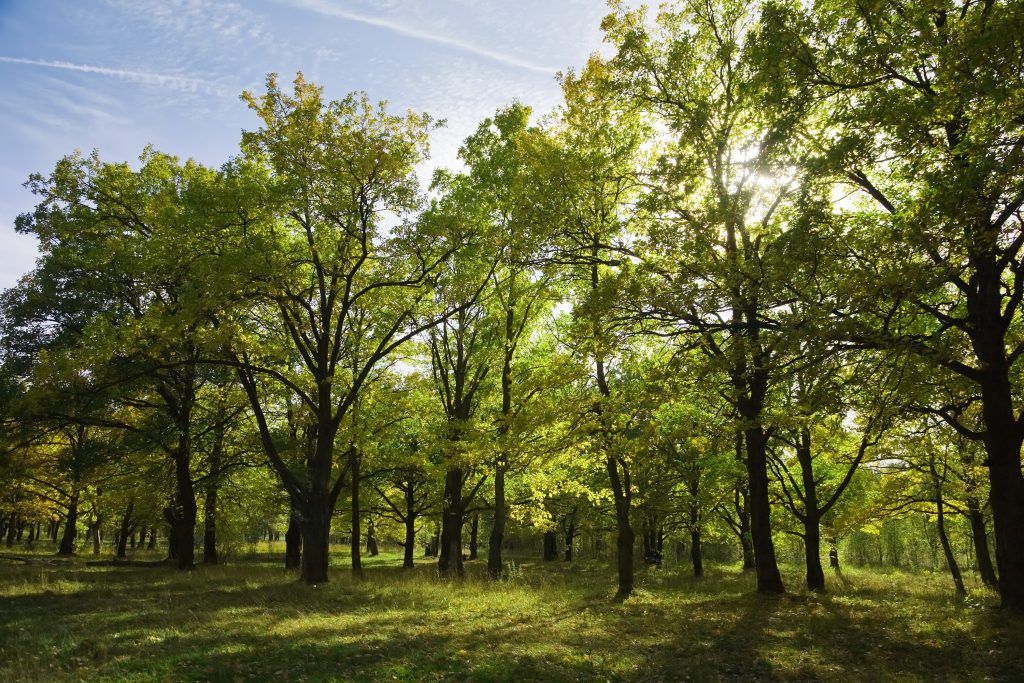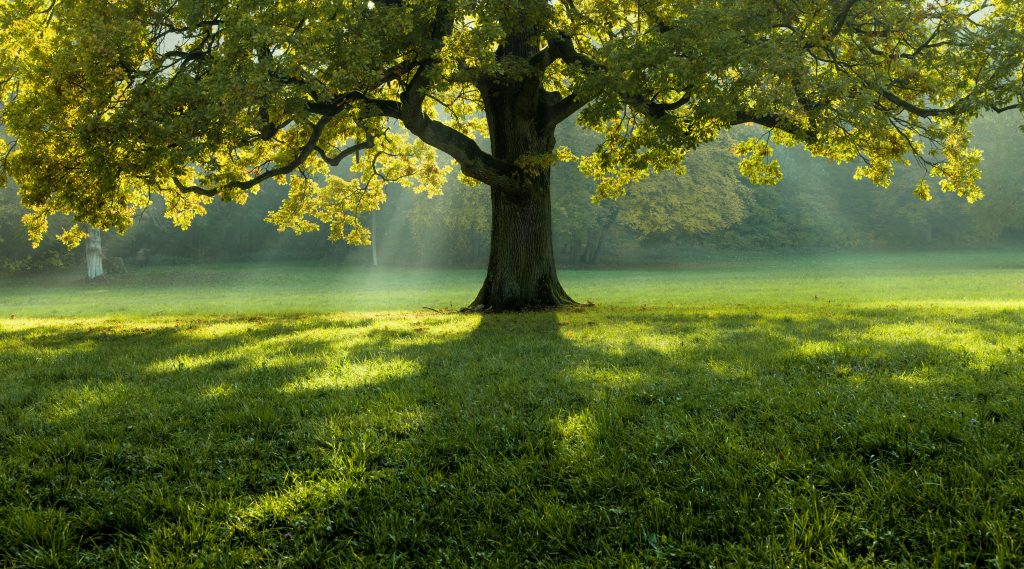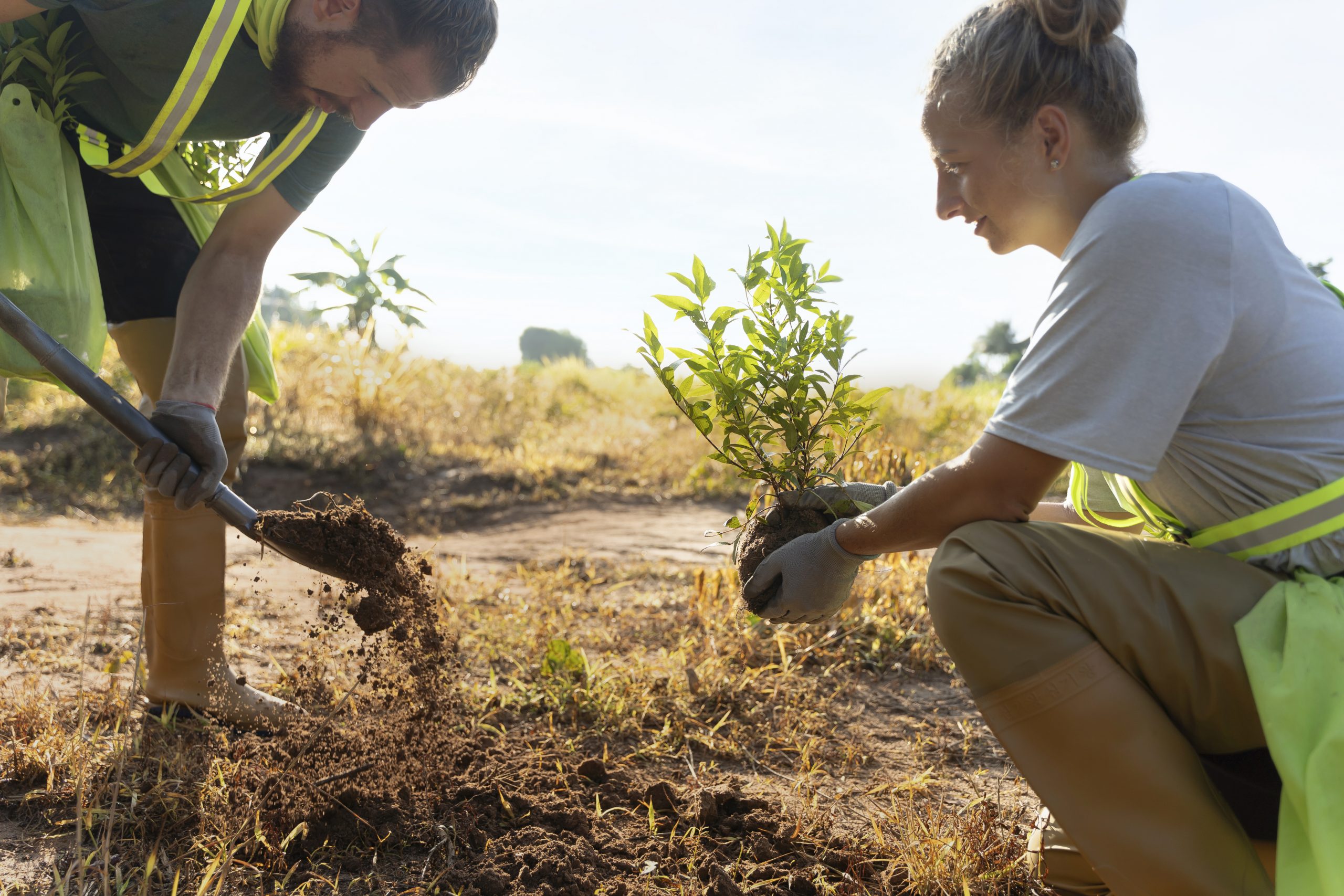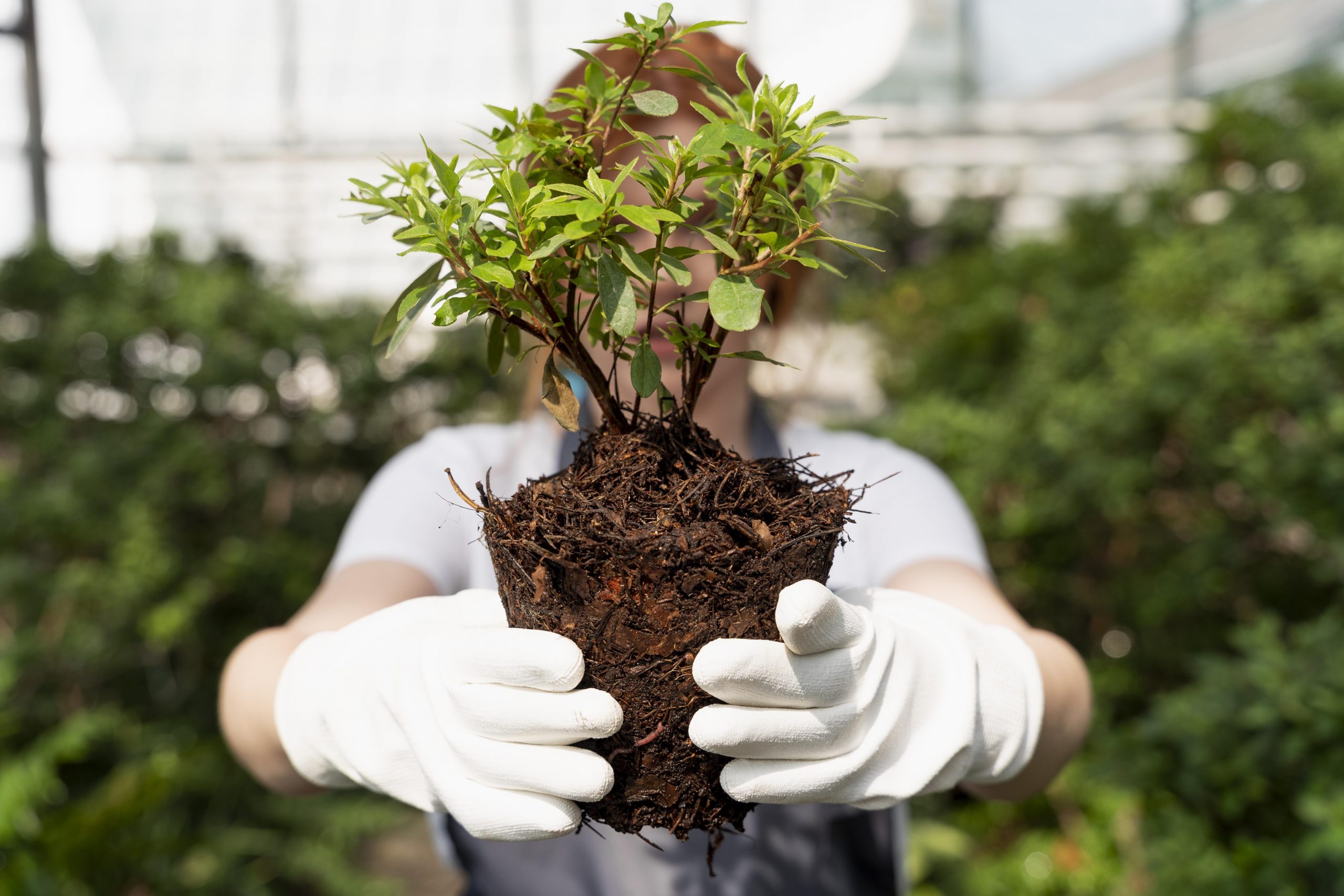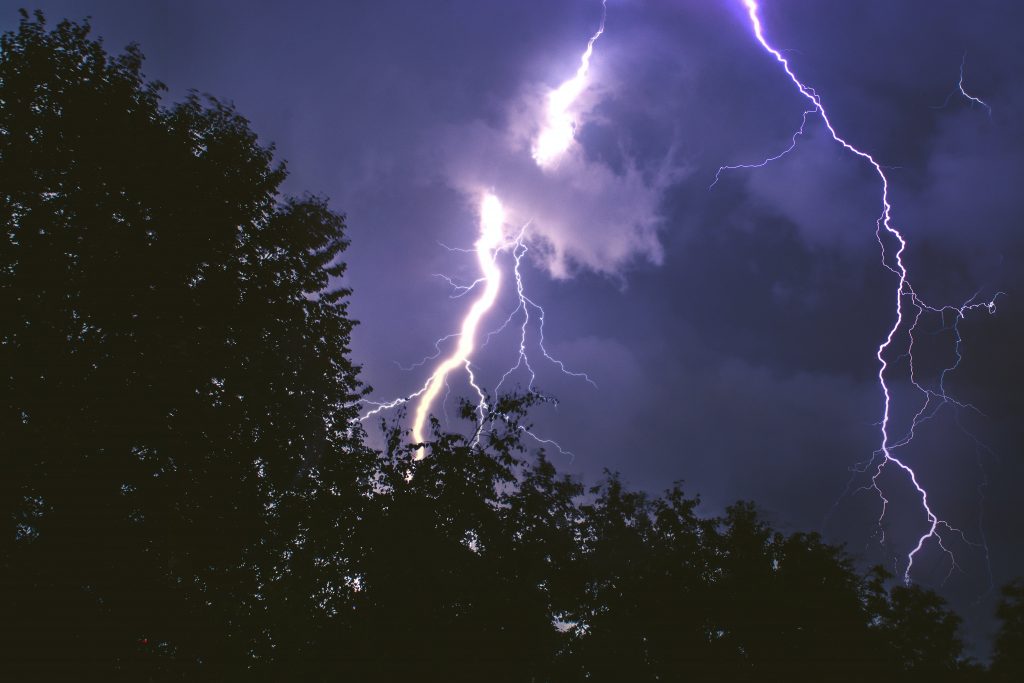THE ROLE OF TREES IN WILDLIFE CONSERVATION
THE ROLE OF TREES IN WILDLIFE CONSERVATION
Wildlife conservation is of paramount importance for maintaining the health and balance of ecosystems. Ecosystems are intricate webs of interconnected living organisms and their physical environments, and the presence and well-being of wildlife are fundamental to their stability and functionality. Here’s why wildlife conservation is crucial for ecosystem health:

- Biodiversity Maintenance: Biodiversity refers to the variety of life forms within an ecosystem. Wildlife constitutes a significant portion of this biodiversity, contributing to the overall richness and complexity of ecosystems. Biodiverse ecosystems tend to be more resilient and adaptable to changes in the environment, making them better equipped to withstand disturbances and recover from disruptions.
- Ecosystem Services: Ecosystems provide a wide range of services that are vital to human survival and well-being. These include clean air and water, pollination of crops, regulation of climate, nutrient cycling, and disease regulation. Many of these services depend on the presence of diverse wildlife species that interact with their environment and contribute to these processes.
- Food Web Dynamics: Wildlife, including both predators and prey, form intricate food webs that regulate population sizes and keep species in check. The removal of certain species from these webs can disrupt the balance, leading to overpopulation of some species and underpopulation of others. This can have cascading effects throughout the ecosystem.
- Pollination: Many plants rely on wildlife, such as bees, butterflies, and birds, for pollination. This process is essential for the reproduction of flowering plants and the production of fruits and seeds. Without pollinators, entire plant communities and the animals that depend on them can be negatively impacted.
- Seed Dispersal: Wildlife, particularly mammals and birds, play a crucial role in seed dispersal. They consume fruits and disperse seeds across the landscape, contributing to the regeneration and expansion of plant populations. This helps maintain healthy plant communities and forest ecosystems.
- Nutrient Cycling: Wildlife contributes to nutrient cycling by consuming organic matter and redistributing nutrients through their waste. This process enriches the soil and supports the growth of plants, which in turn provide habitat and food for other wildlife.
- Pest Control: Predatory wildlife species help control populations of herbivorous animals that might otherwise damage crops or disrupt plant communities. This natural regulation reduces the need for chemical pesticides and promotes healthier ecosystems.
- Climate Regulation: Forests and other ecosystems with diverse wildlife play a role in climate regulation by sequestering carbon dioxide, a major greenhouse gas. Wildlife contributes to the health and growth of these ecosystems, enhancing their capacity to capture and store carbon.
- Education and Research: Wildlife serves as a valuable subject for scientific research and education. Studying wildlife behavior, ecology, and interactions provides insights into the functioning of ecosystems and informs conservation strategies.
- Cultural and Aesthetic Value: Wildlife has cultural significance and aesthetic value for human societies. Many cultures hold strong connections to specific wildlife species, and the presence of diverse wildlife contributes to the beauty and appeal of natural landscapes.
In conclusion, wildlife conservation is crucial for maintaining the health, functionality, and resilience of ecosystems. By protecting and preserving wildlife, we ensure the continued provision of ecosystem services that are essential for both nature and human societies.
Explanation of Habitats and their Significance for Wildlife
Habitats are specific environments where particular plant and animal species live, grow, and interact with each other and their surroundings. Habitats are characterized by unique combinations of physical factors, such as climate, soil type, vegetation, and topography. They provide the essential resources and conditions that wildlife species need to survive, reproduce, and thrive. The significance of habitats for wildlife is immense and directly influences species’ survival and overall ecosystem health. Here’s a closer look at their importance:
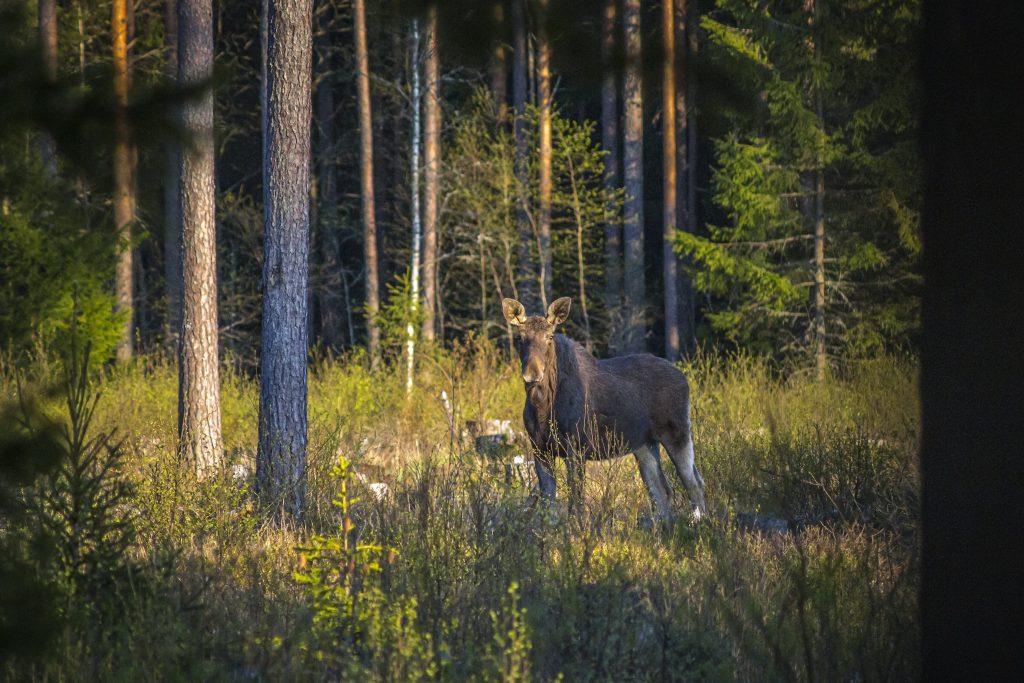
- Resource Availability: Habitats provide a range of resources that wildlife species need to meet their basic needs. These resources include food, water, shelter, and suitable nesting or breeding sites. Different habitats offer varying combinations of these resources, supporting a diverse array of species with specific adaptations.
- Species Adaptations: Over time, species have evolved specific adaptations that suit them to their particular habitats. These adaptations can include physical traits, behaviors, and feeding strategies that enable them to effectively obtain and utilize resources available in their habitat. For example, desert animals may have adaptations for conserving water, while forest-dwelling species might be adapted for climbing and maneuvering through trees.
- Biodiversity Hotspots: Certain habitats are especially rich in biodiversity, hosting a wide variety of species. These areas, known as biodiversity hotspots, often have unique and endemic species found nowhere else on Earth. Protecting these habitats is crucial for safeguarding the genetic diversity and uniqueness of species.
- Ecosystem Services: Habitats provide numerous ecosystem services that benefit both wildlife and humans. These services include pollination of crops by insects, water filtration by wetlands, and carbon sequestration by forests. Healthy habitats support these processes, contributing to human well-being and the overall functionality of ecosystems.
- Interconnectedness: Habitats are interconnected in complex ways. Many species depend on multiple habitats throughout their life cycles. For instance, some migratory birds rely on various habitats along their migration routes, from breeding areas to wintering grounds. Disruptions or degradation of one habitat can affect species across multiple habitats.
- Habitat Specialists and Generalists: Some species are habitat specialists, meaning they are adapted to thrive in specific habitats with particular conditions. Others are habitat generalists, capable of living in a range of habitats. Both specialists and generalists contribute to the overall balance and diversity of ecosystems.
- Conservation Priority: Protecting and conserving habitats is a critical aspect of wildlife conservation. Many threatened and endangered species are directly tied to specific habitats, and the loss or degradation of these habitats can lead to population declines and even extinctions. Conservation efforts often focus on preserving habitats to safeguard these species.
- Education and Research: Habitats serve as important subjects of scientific research and education. Studying habitats helps us understand the complex interactions between species, the adaptations that allow them to thrive, and the impacts of environmental changes on ecosystems.
In essence, habitats are the foundation of ecosystems and are intricately linked to the survival and diversity of wildlife. Protecting and preserving these habitats is essential for maintaining healthy ecosystems, promoting biodiversity, and ensuring the long-term survival of species.
How Trees Contribute to the Food Web
Trees play a significant role in the food web by providing resources that support a diverse array of organisms within ecosystems. They contribute to both terrestrial and aquatic food chains, supplying energy and nutrients that are essential for the survival and growth of various species. Here’s how trees contribute to the food web:
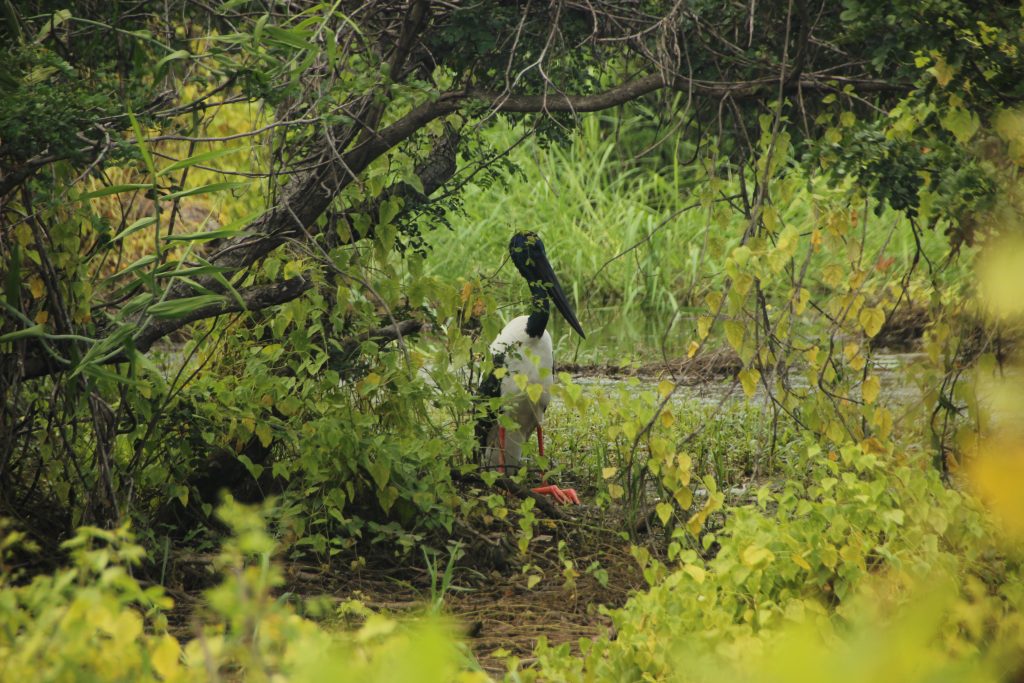
- Primary Producers: Trees are primary producers in ecosystems, meaning they are capable of photosynthesis. Through this process, trees convert sunlight, carbon dioxide, and water into energy-rich carbohydrates (such as sugars) and oxygen. These carbohydrates serve as the foundation of the food web, providing energy for other organisms.
- Herbivores: Many animals, known as herbivores, feed directly on parts of trees, such as leaves, fruits, seeds, and bark. These animals include insects, mammals, and birds. For example, caterpillars feed on tree leaves, while squirrels and birds consume fruits and seeds.
- Predators and Carnivores: The herbivores that feed on trees become a food source for predators and carnivores. Carnivores include animals that feed on other animals. Birds of prey, like owls and hawks, may hunt herbivorous mammals that feed on trees. Predators help regulate the populations of herbivores, preventing overgrazing or overconsumption of plant material.
- Scavengers and Decomposers: When trees shed leaves, branches, or other organic matter, these materials become food for scavengers and decomposers. Scavengers, like insects and small mammals, feed on dead plant material. Decomposers, such as fungi and bacteria, break down dead organic matter into simpler substances, recycling nutrients back into the soil for plants to use.
- Nutrient Cycling: As trees shed leaves, fruits, and other organic materials, these organic materials decompose and release nutrients into the soil. These nutrients are then taken up by the roots of trees and other plants, supporting their growth. The trees, in turn, provide food for herbivores, continuing the cycle.
- Aquatic Food Webs: Trees near bodies of water contribute to aquatic food webs as well. Leaf litter from trees falls into water bodies and serves as food for aquatic insects, small fish, and other aquatic organisms. This organic matter provides energy and nutrients for aquatic life.
- Connections Between Habitats: Trees also play a role in connecting different habitats within ecosystems. They provide corridors for animals to move from one habitat to another, accessing various sources of food along the way. These corridors help maintain genetic diversity and support wildlife populations.
- Ecosystem Health: The interactions between trees and the organisms they support contribute to the overall health of ecosystems. A balanced food web ensures that no single species becomes overly dominant, preventing ecological imbalances and enhancing the stability of the ecosystem.
In summary, trees are vital components of the food web, serving as primary producers and providing resources that support a diverse range of organisms. Their role extends beyond providing food; they contribute to nutrient cycling, habitat creation, and the overall health and balance of ecosystems.
About Murray, Utah
Murray is a city situated on the Wasatch Front in the core of Salt Lake Valley in the U.S. state of Utah. Named for territorial governor Eli Murray, it is the state's fourteenth largest city. According to the 2020 census, Murray had a population of 50,637. Murray shares borders with Taylorsville, Holladay, South Salt Lake and West Jordan, Utah. Once teeming with heavy industry, Murray's industrial sector now has little trace and has been replaced by major mercantile sectors. Known for its central location in Salt Lake County, Murray has been called the Hub of Salt Lake County. Unlike most of its neighboring communities, Murray operates its own police, fire, power, water, library, and parks and recreation departments and has its own school district. While maintaining many of its own services, Murray has one of the lowest city tax rates in the state.
Neighborhoods in Murray, Utah
Murray Oakes, Grant Park, Southwood Park, Murray Park, Murray Park Restrooms, Willow Pond Park, Neighborhood Veterinary Care
Things To Do in Murray, Utah
Bus Stops in Murray, Utah to Truco Services, Inc.
Bus Stop in Murray Central Station (Bay C) Murray, Utah to Truco Services, Inc.
Bus Stop in State St @ 4801 S Murray, Utah to Truco Services, Inc.
Bus Stop in Murray North Station Murray, Utah to Truco Services, Inc.
Bus Stop in State St @ 4949 S Murray, Utah to Truco Services, Inc.
Bus Stop in Murray Central Frontrunner/Trax Station Murray, Utah to Truco Services, Inc.
Bus Stop in Murray Blvd / Vine St (SB) Murray, Utah to Truco Services, Inc.
Bus Stop in State St @ 3925 S Murray, Utah to Truco Services, Inc.
Bus Stop in State St @ 4824 S Murray, Utah to Truco Services, Inc.
Bus Stop in State St @ 5223 S Murray, Utah to Truco Services, Inc.
Bus Stop in Murray Blvd / Allendale Dr (NB) Murray, Utah to Truco Services, Inc.
Bus Stop in Murray Blvd @ 5039 S Murray, Utah to Truco Services, Inc.
Bus Stop in State St @ 4721 S Murray, Utah to Truco Services, Inc.
Driving Directions in Murray, Utah to Truco Services, Inc.
Driving Directions from Woodruff Tree Trimming and Removal to 4640 Commerce Dr, Murray, UT 84107, USA
Driving Directions from Reliable Tree Care to 4640 Commerce Dr, Murray, UT 84107, USA
Driving Directions from Tree Pro-Tech to 4640 Commerce Dr, Murray, UT 84107, USA
Driving Directions from Prestige Tree And Landscape to 4640 Commerce Dr, Murray, UT 84107, USA
Driving Directions from Excellence Tree & Landscape to 4640 Commerce Dr, Murray, UT 84107, USA
Driving Directions from Amen Trees to 4640 Commerce Dr, Murray, UT 84107, USA
Driving Directions from Tim's Tree Care to 4640 Commerce Dr, Murray, UT 84107, USA
Driving Directions from Jordan Tree Service - Murray to 4640 Commerce Dr, Murray, UT 84107, USA
Driving Directions from Arbor Works to 4640 Commerce Dr, Murray, UT 84107, USA
Driving Directions from Diamond Tree Experts to 4640 Commerce Dr, Murray, UT 84107, USA
Driving Directions from Green Tree Arborist to 4640 Commerce Dr, Murray, UT 84107, USA
Driving Directions from TruCo Services to 4640 Commerce Dr, Murray, UT 84107, USA
Reviews for Truco Services, Inc. Murray, Utah
Emily Abercrombie
We had a great experience with TruCo! They were well priced, responsive and prompt. Michael was a pleasure to work with and gave us advice on which plants to put in where we took out our ugly old shrubs. I would highly recommend this company!!!
Michelle Turpin
TruCo Services gets 5 stars from us for customer service. We experienced a few issues with their services this last year and Rob Eccles in senior management, stepped in and immediately handled our issues. He was very committed to making sure they understood our expectations and would execute to make us happy.
Siobhan Billingsley
I work for a property management company and have the pleasure of working with Rob at a community in Sandy. He has been incredible to work with and always responds in a timely manner. He knows all the homeowners by name and address and is aware of all the "problem" areas when it comes to sprinklers. I never have to worry about following up with him because he always reaches out to provide me with an update. If you're looking to work with someone who takes pride in their job, is professional, and can solve the worst landscaping problems thrown your way, Rob is your guy. Thank you, Rob for all you do!
Jaime S.
We have used Truco at 2 of the complexes we manage, they have been great to work with. Good quality service, outstanding customer service with good communication. That's hard to find these days. I highly recommend them. Travis has been awesome to work with.
Jerusha Smart
We use TruCo for a majority of our properties and our home. While other landscaping companies we use come and go for various reasons like cost, communication issues, work performance, etc., TruCo is always consistent in price and work. Also, Rob is the best.
